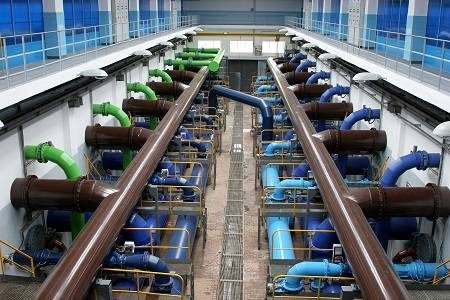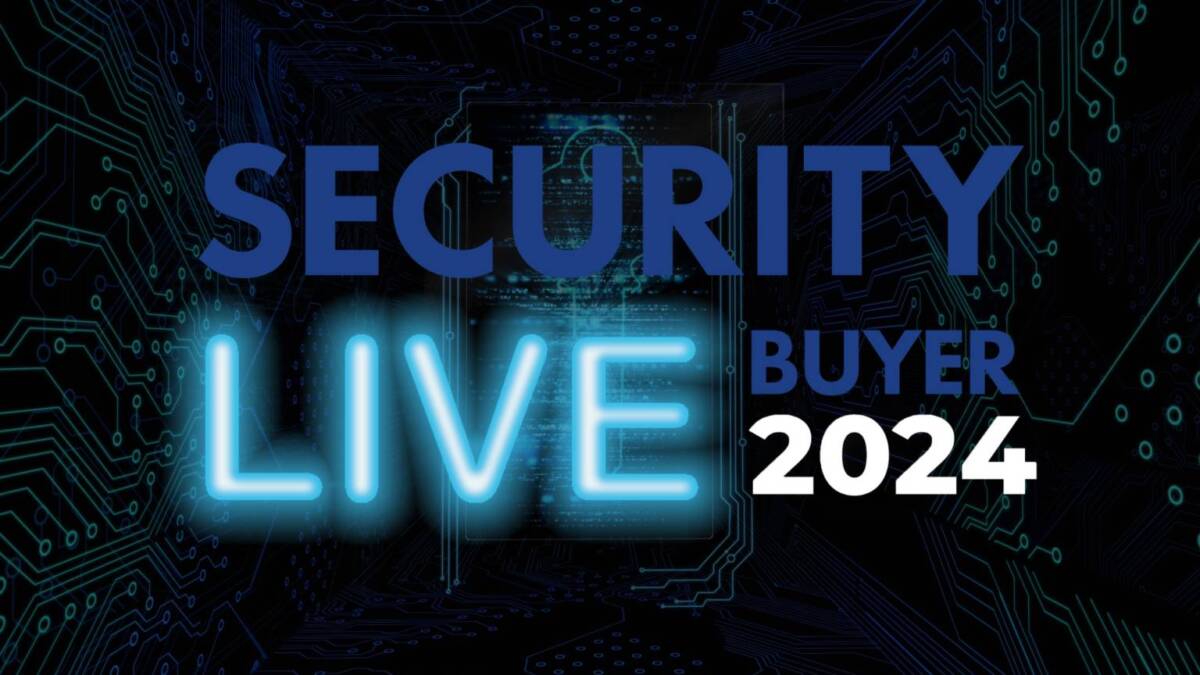How can artificial intelligence and the IoT better protect water treatment plants against the physical and cyber threat landscape?
The Ukraine-Russia war has provided shocking evidence of the new type of dual approach to warfare, both the physical and cyber. Witnessing the cyberwarfare that Russia is inflicting on the Ukraine, as well as the retaliation from the cyber vigilante group, Anonymous, it is imperative that governments secure their critical infrastructure incase of political threat. Cyberattacks are not a new topic, however, the growing effects of cyberattacks on utilities in the last few years is evident in demonstrating how integral it is for the government to ensure all solutions are up-to-date and effective.
Cybersecurity is a difficult resource to stay abreast of, as digitalisation is a constantly evolving sector. The only solution therefore, is to converge physical security measures with cyber to reduce the vulnerability and attack points for criminals.
At the top of cybersecurity resilience is AI and IoT. Not only can this dramatically help facilities with security, maintenance and efficiency, but it also pushes them further towards the smart city concept where integration and interoperability is key.
Internet of Things
When evaluating how to start updating infrastructure with IoT technology, utilities should keep in mind a wide range of possibilities for IoT in water management. At the forefront, security should be a priority. A foreign attack on a community’s system can cause irreparable damage. Processing data in an efficient manner will also be crucial, and it starts with installing monitoring systems for water usage (Advanced Metering Infrastructure), leak detection, and water quality to gain real-time data and ensure better situational awareness. Scalability and manageability of the system should also be kept in mind.
Given the strong digital presence in our everyday life, it might be hard to believe that many utilities still track devices and data manually. This outdated and inefficient process can lead to old, inaccurate and incomplete measurements of data and assets. When upgrading, utilities need to think about how to scale to thousands — or even millions — of sensors, water metres and valves. When handled correctly, the infrastructure update can unlock new insights and reach unprecedented levels of efficiency.
It is essential to ensure that your network and devices are secure so that no one can wreak havoc on the system. Safeguard a secure start by identifying and mapping out all your assets to determine the proper security strategy for your network. One forgotten device can leave the entire network vulnerable, so both legacy and new devices should be identified as in-place, or needed. Isolate the network into different zones to help reduce the risk of an attack spreading across the entire network. Real-time threat detection and alerts can be built into the network so that your IT team is notified of vulnerabilities or threats, and can address them immediately.
To read more exclusive features and latest news please see our April issue here.
Media contact
Rebecca Morpeth Spayne,
Editor, Security Portfolio
Tel: +44 (0) 1622 823 922
Email: editor@securitybuyer.com













